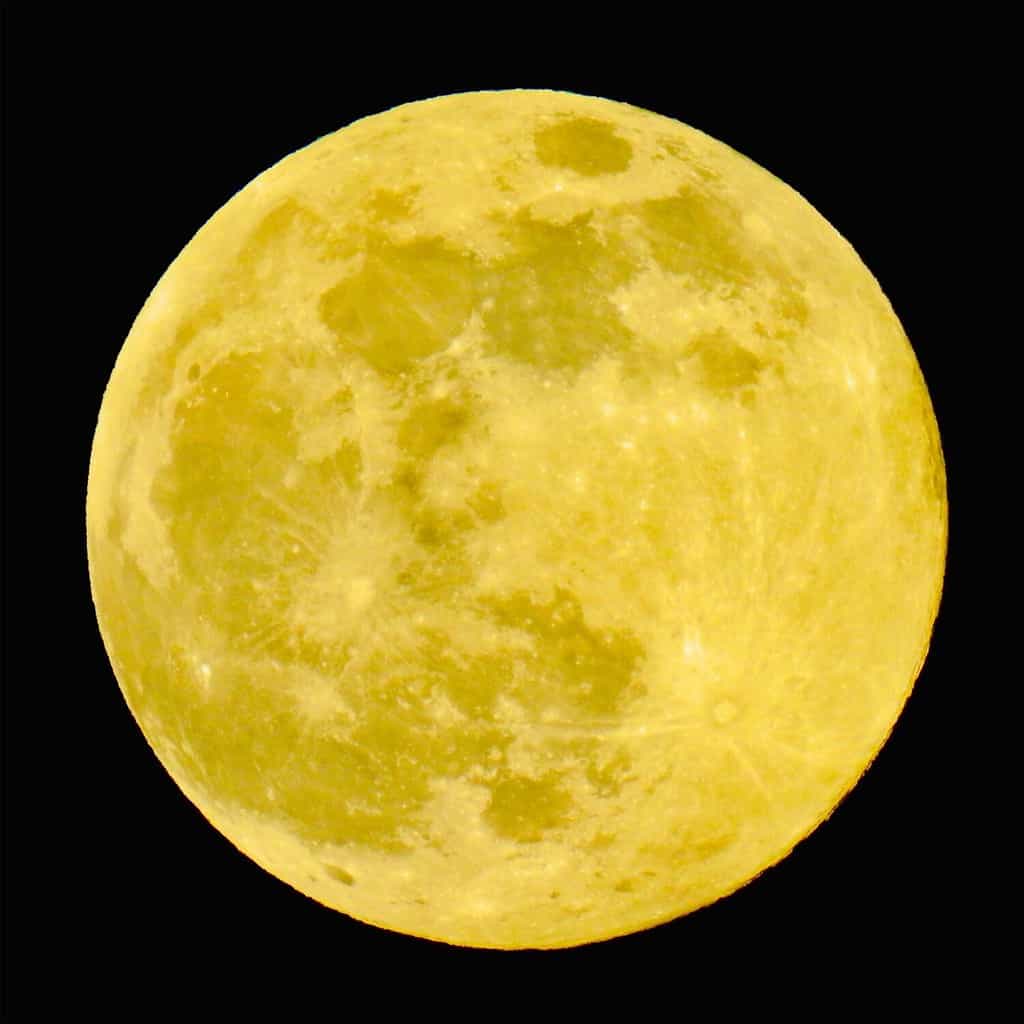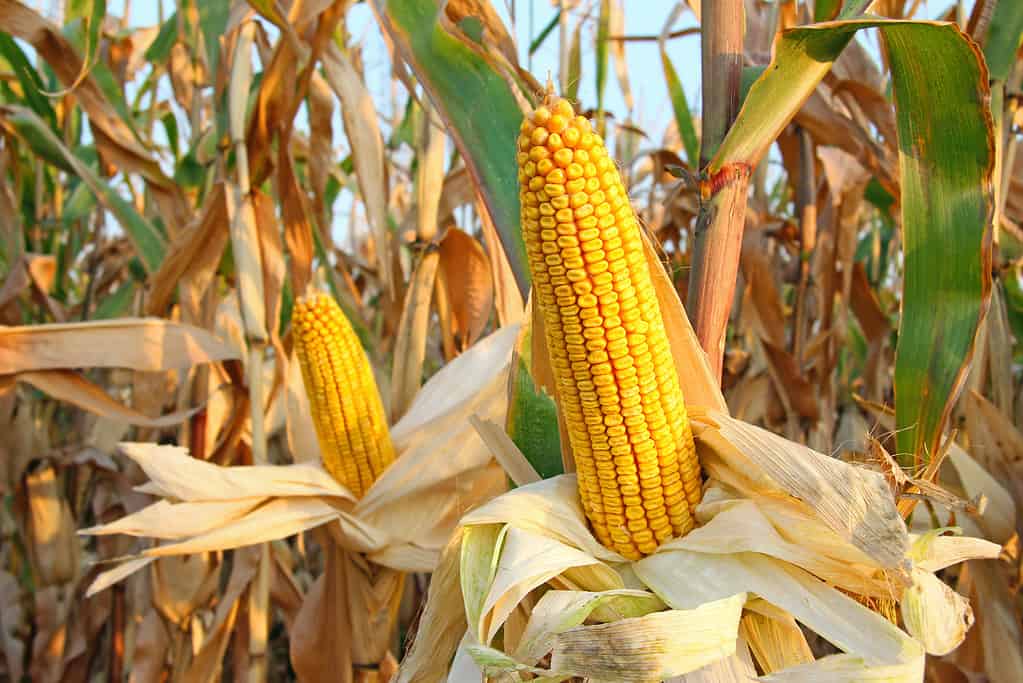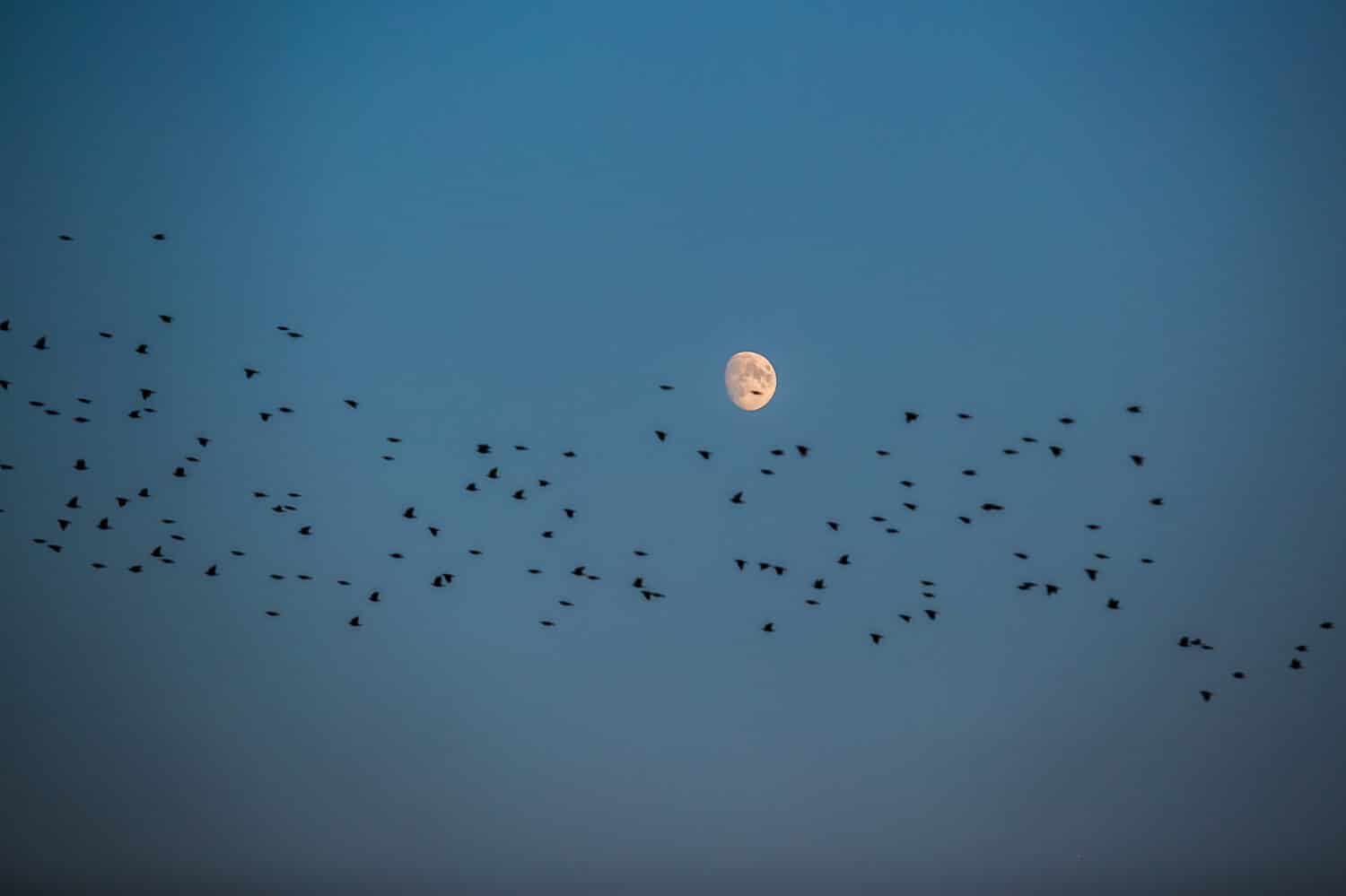The next New Moon on September 14, 2023, will be exact at 9:40 pm EDT. This will be the last New Moon before the Autumn Equinox on Saturday 23, 2023, at 2:50 am EDT. What else should you know before the next New Moon? See details and more below.
What is a New Moon?
The New Moon is the time in the Moon’s cycle when it is not illuminated at all. This is because the Moon is between the Sun and the Earth.
Another way to think about this is that the Sun and the Moon are on the same side of the Earth. This means that the Moon does not reflect any of the Sun’s light. This makes it virtually invisible in Earth’s night sky.
The New Moon is considered the first lunar phase in the lunar cycle. The lunar phases refer to the amount of the Moon that is illuminated by the Sun at different times. Each lunar cycle, from the New Moon to a Full Moon, and back to a New Moon, lasts 29.53 days.
September 14, 2023: What is the Name of the New Moon?

The New Harvest Moon is named after the Harvest Moon which is the Full Moon in September.
©13Ports/Shutterstock.com
The New Moon occurring on September 14, 2023, is called the New Harvest Moon. All New Moons are named after their corresponding Full Moon. The Harvest Moon is the Full Moon taking place on September 29, 2023, at 5:57 am EDT.
Since the Harvest Moon is the Full Moon closest to the Fall Equinox, it also makes it the Full Moon closest to the Fall Harvest. The Fall Harvest happens from mid-September to the beginning of December every year in temperate regions because crops planted in the spring grow during warm months when the soil isn’t frozen and the amount of sunlight is plentiful.
California has a year-round growing season and produces the most food in the United States. However, the Midwest has historically been the center of agricultural production with Iowa taking the lead.
The Plains First Nations were influenced by their surroundings in the Great Plains. The name Harvest Moon was developed around their experiences.
Since the Moon names originate from the First Nations in America, these names were adopted by colonizers and subsequent European settlers. Because of this, they became engrained in today’s American culture.
The Harvest Moon: Why Is It Also Called the Full Corn Moon?

Corn is harvested around the Harvest Moon which is why it’s also called the Full Corn Moon.
©iStock.com/branex
The Harvest Moon is also known as the Full Corn Moon. Because of the corn plant’s roots in indigenous survival and its use in modern American production, the Harvest Moon that coincides with the corn harvest is sometimes called the Corn Moon.
Corn is a staple crop that the United States continues to rely on heavily. The nation grows around 32 percent of the world’s corn almost exclusively in the Midwest.
Corn is not only a valuable crop for human consumption, but it’s also the main ingredient of livestock feed. It is easy to grow and it’s highly nutritious, so it has been a domesticated staple crop in the Americas for over 4500 years.
When Was the Last Time a New Moon Fell on September 14?
The last New Moon on September 14 was in 2004 which was 19 years ago. However, the exact moment of the New Moon was at 10:29 am EDT.
This cycle of a moon phase happening on the same date every 19 years is referred to as the Metonic Cycle. This cycle also takes into account the phenomenon that repeats every 8 years wherein a moon phase occurs on almost the same date with a difference of only one or two days. This 8-year cycle is called the octaeteris.
The Metonic Cycle is named after the Ancient Greek astronomer named Meton who was born around 460 BCE. He introduced the idea of the Metonic Cycle in 432 BCE, and it became part of the lunisolar calendar of the time.
A lunisolar calendar doesn’t just account for the position of the sun like our modern calendar. It also considers the position of the moon when determining the length of a year. Instead of having leap days, most lunisolar systems have leap months to accommodate the differences between the lengths of a lunar year and a solar year.
A lunar year consists of about 354 days which is how long it takes the Moon to go through 12 complete moon cycles. A solar year counts up the number of days that occur before the Earth makes one full rotation around the sun.
The length of a solar year is 365 days, which is 11 days longer than a lunar year. This discrepancy is what fuels the math behind the Metonic Cycle.
What Is the Astrological Sign of the New Moon on September 14, 2023?

The New Moon on September 14, 2023, is in Virgo.
©iStock.com/sutthirat sutthisumdang
The New Moon in September 2023 is in Virgo. The Sun is also in Virgo on this date since both the Moon and the Sun are in the same quadrant in the night sky. Virgo is an earth sign, so this New Moon is your opportunity to use your subconscious mind to ground yourself via projects that you need to nurture into fruition.
The New Moon in Virgo is also a good time to think about how to better organize your daily life. Virgo represents an intelligent and analytical organization.
It’s also a laconic sign that tackles problems through critical reasoning and precise action. Fluff, excuses, and superfluous expenditures are not tolerated.
This specific New Moon should be approached carefully, however, as Virgo’s ruling planet Mercury is ending its retrograde on the same day. Near this New Moon, Neptune goes into opposition making it harder to connect with your deeper self as spiritual waters are muddied.
This means that at this time, Virgo’s disciplinarian fortitude is easily compromised. Destructive impulsivity may leak into any concrete plans you try to make.
Instead of committing to something during the moment of the New Moon, make lists and plan deadlines. They can be reviewed and decisions can be made once Mercury’s retrograde shadow dissipates on September 30.
Thank you for reading! Have some feedback for us? Contact the AZ Animals editorial team.








